The Renaissance: Reviving Art, Science, and Human Spirit
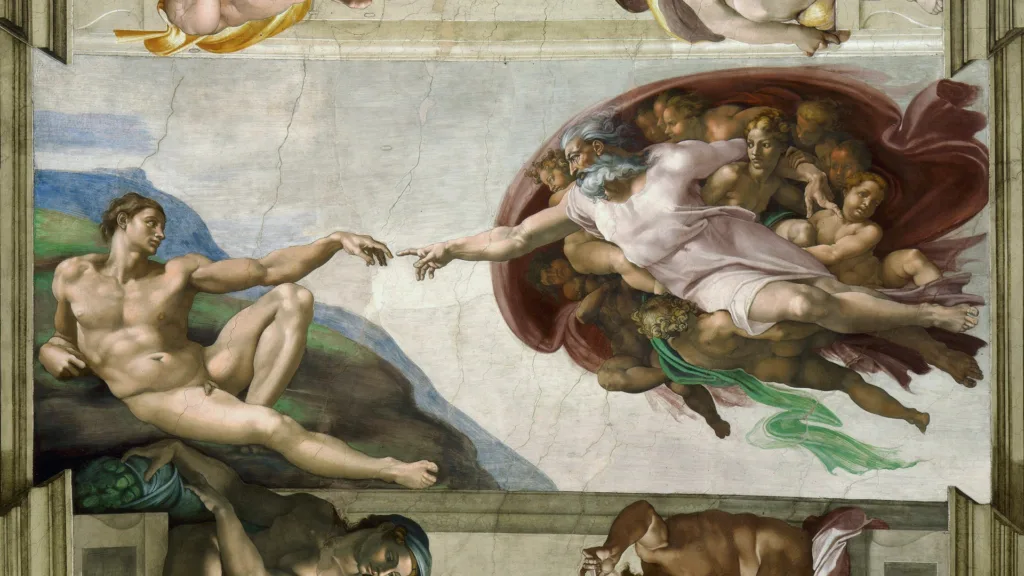
The Renaissance, spanning from the 14th to the 17th century, was a period of profound cultural and intellectual transformation in Europe. It marked the transition from the medieval to the modern world, characterized by a renewed interest in art, literature, science, and humanism.
Artistic Innovation:
During the Renaissance, artists broke away from the constraints of medieval traditions and embraced new techniques and styles. Visionaries like Leonardo da Vinci, Michelangelo, and Raphael produced timeless masterpieces that epitomized the era’s ideals of beauty, harmony, and realism. The revival of classical themes and the emphasis on human anatomy and perspective revolutionized the art world and laid the foundation for the flourishing of Western art.
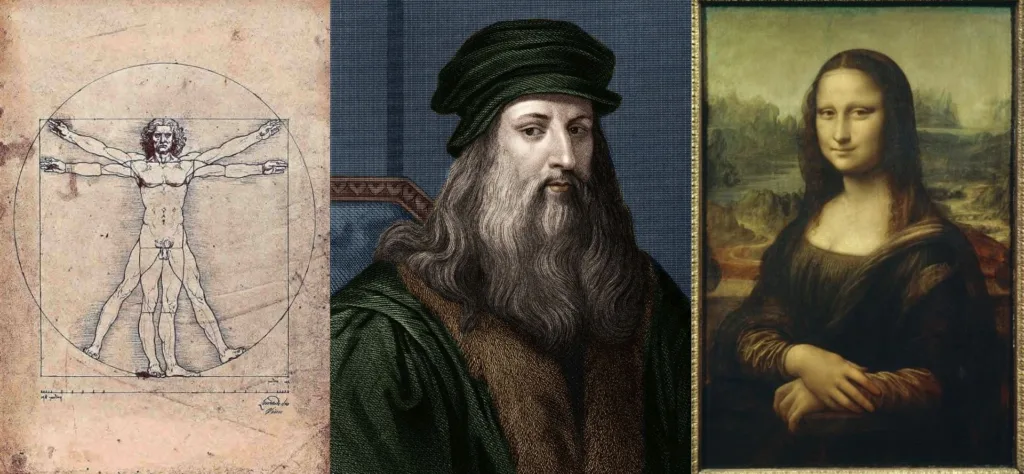
Scientific Advancements:
The Renaissance witnessed a resurgence of scientific inquiry and discovery, fueled by curiosity and a spirit of exploration. Pioneers such as Galileo Galilei and Nicolaus Copernicus challenged conventional wisdom and revolutionized our understanding of the natural world. Their groundbreaking contributions to astronomy, mathematics, and physics paved the way for the scientific revolution and transformed the way humanity perceives the universe.
Humanistic Philosophy:
At the heart of the Renaissance was the revival of humanism, a philosophy that celebrated the inherent dignity and potential of the individual. Humanist scholars like Petrarch and Erasmus championed the study of classical literature, philosophy, and history, inspiring a new era of intellectual inquiry and cultural enlightenment. Humanism emphasized critical thinking, moral virtue, and the pursuit of knowledge, laying the groundwork for modern education and humanistic values.
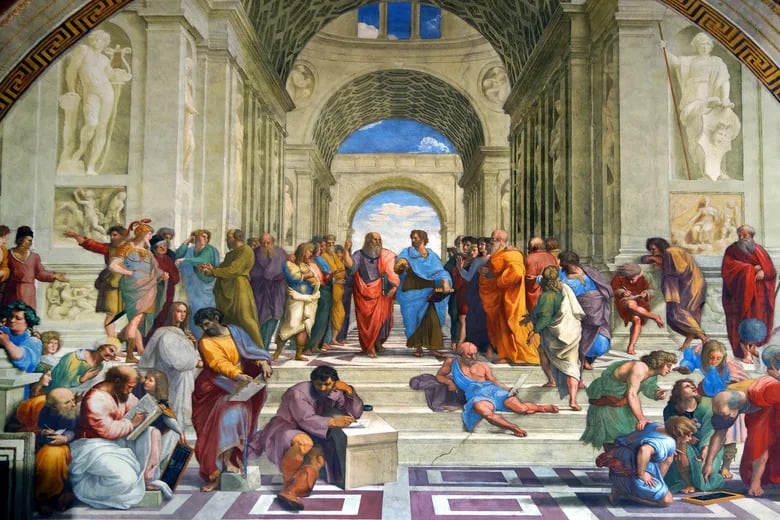
Cultural Impact:
The Renaissance had a profound impact on every aspect of European society, from politics and religion to economics and the arts. It sparked an unprecedented cultural efflorescence, fostering creativity, innovation, and the exchange of ideas across borders. The rise of powerful city-states like Florence and Venice became centers of artistic patronage and intellectual discourse, attracting scholars, artists, and thinkers from across Europe.
Legacy of the Renaissance:
The legacy of the Renaissance continues to resonate in the modern world, shaping our understanding of history, culture, and human achievement. Its influence can be seen in the enduring masterpieces of art and literature, the principles of scientific inquiry, and the ideals of humanism that underpin democratic societies. The Renaissance remains a testament to the boundless potential of human creativity and the enduring quest for knowledge and enlightenment.
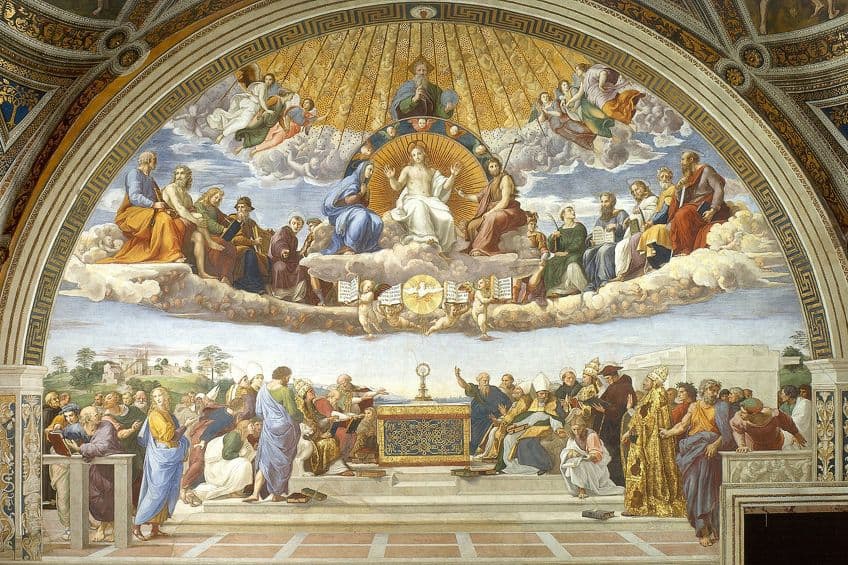
In conclusion, the Renaissance stands as a watershed moment in Western history, a period of rebirth and renewal that continues to inspire and captivate the imagination. Its legacy serves as a reminder of the transformative power of art, science, and humanistic ideals in shaping the course of human civilization.

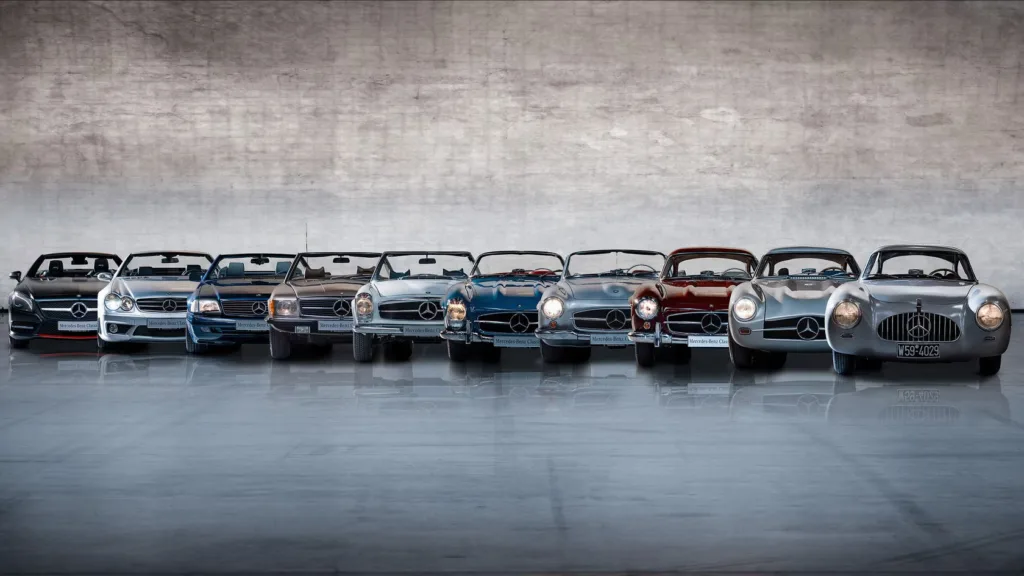
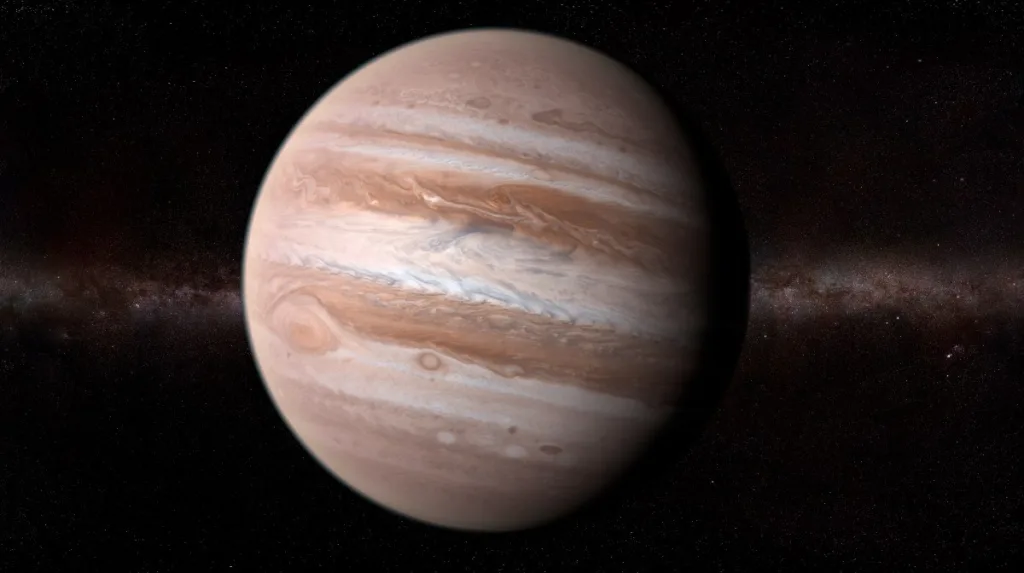
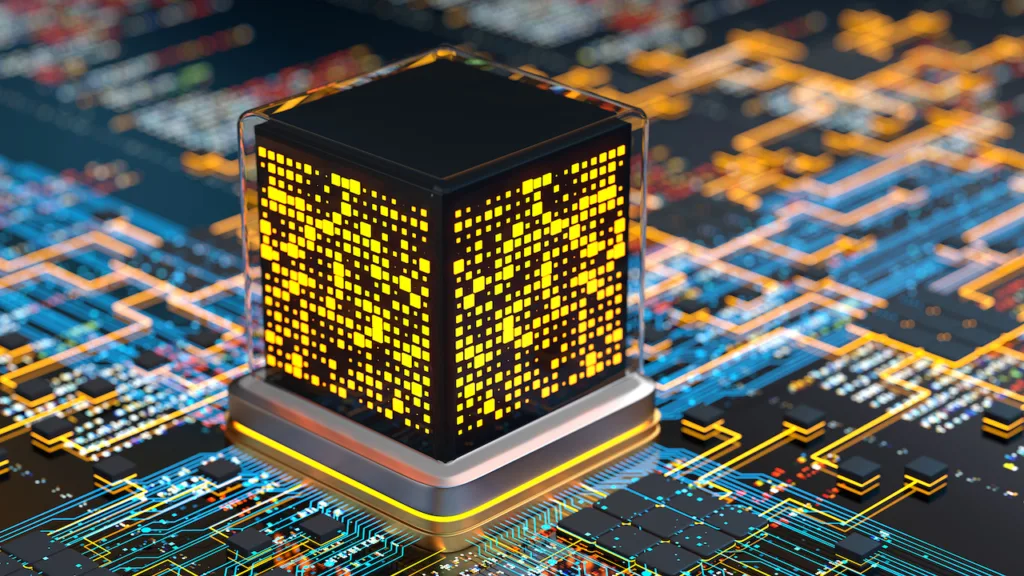
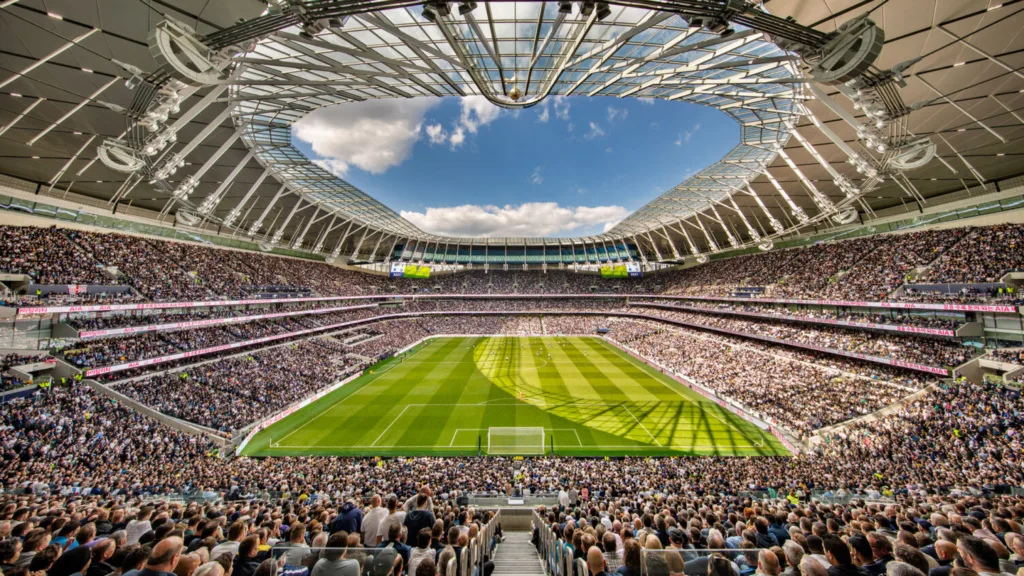
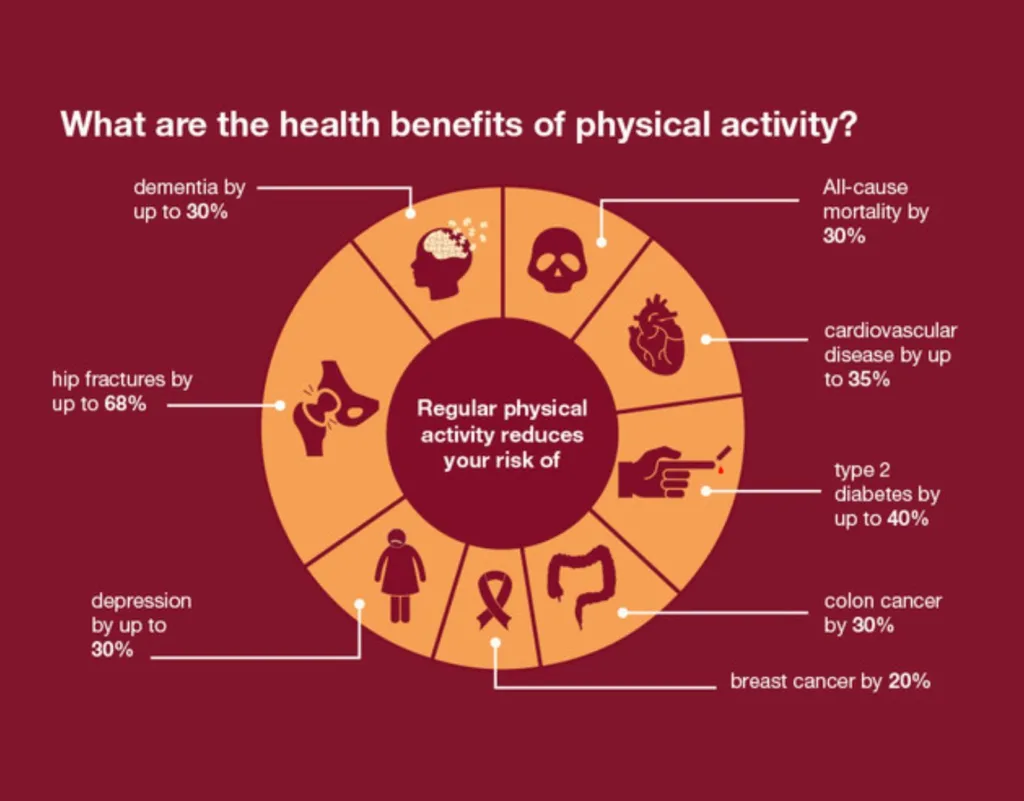

I truly appreciate this post. I have been looking everywhere for this! Thank goodness I found it on Bing. You’ve made my day! Thank you again